Tours
BOOK
THE BEST ADVENTURE
WEST PAPUA TOUR
A few years ago, we pioneered the first ever mammal tours to New Guinea and found that the Bird’s Head Peninsula completely shatters the perception that the mammals of Papua are difficult to see. Consistently producing 50-60 mammal species (nearly all New Guinea endemics), this tour has evolved into one of our staples and has risen to the top of every traveling mammal watcher’s wish list.
Two icons of New Guinea star in this unique trip: tree kangaroos in the rugged and scenic Arfak Mountains and the critically endangered Western Long-beaked Echidna in the swampy Sorong lowlands. Beyond them, we will expect a remarkable supporting cast of colorful and obliging cuscus and possums, as well as a diversity of rodents and bats and opportunistic sightings of New Guinea’s spectacular avifauna. Come prepared for long night walks, steep muddy hikes, rain and humidity, and basic food and accommodation.
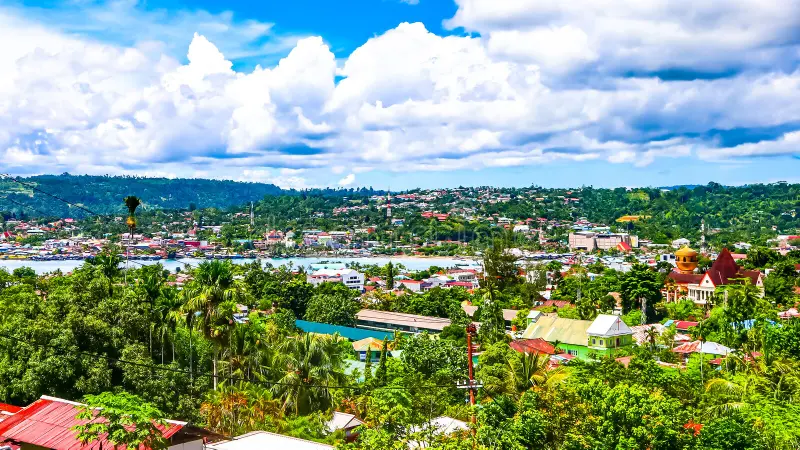
Arrival in Manokwari
We meet up in Manokwari, where the tour begins. In the afternoon we take an optional visit to a nearby cave that hosts Lesser Bare-backed Fruit Bat, which is unlikely during the rest of the trip. Night at Manokwari in a very nice hotel.
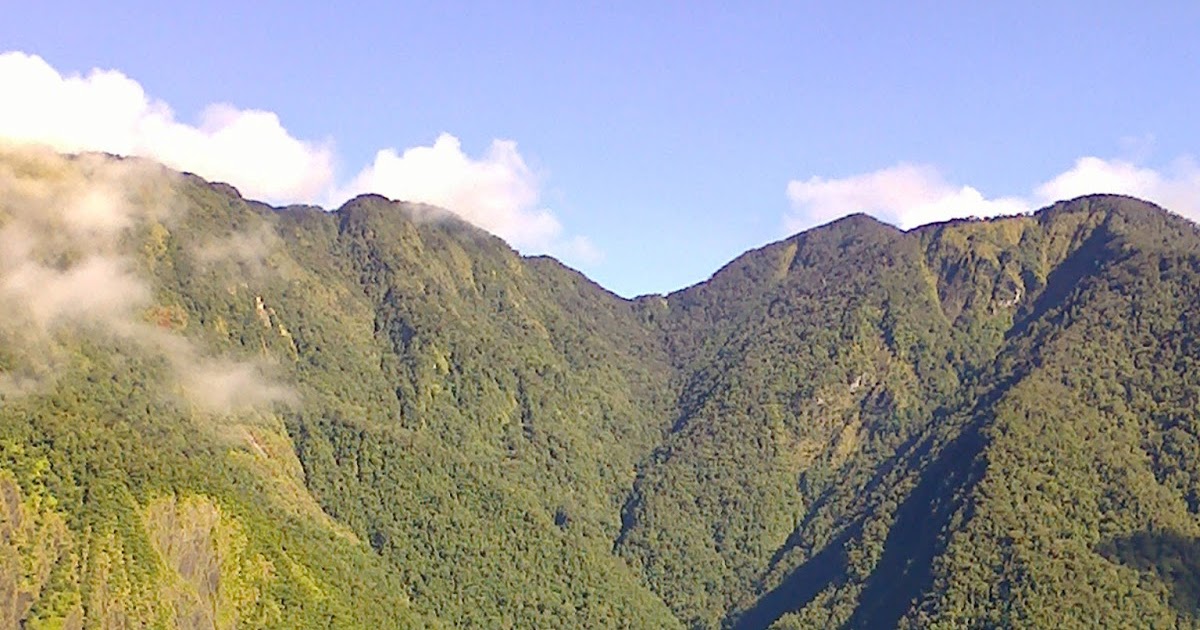
The long walk to Mupi
Today is the biggest hike of the trip. It is longer than 15 km with 1500 metres of elevation gain. The long walk up to Mupi can take up to ten hours. But once you arrive you are in a mammalwatching paradise! At night, after getting some rest, the exploration begins. Night in Mupi.
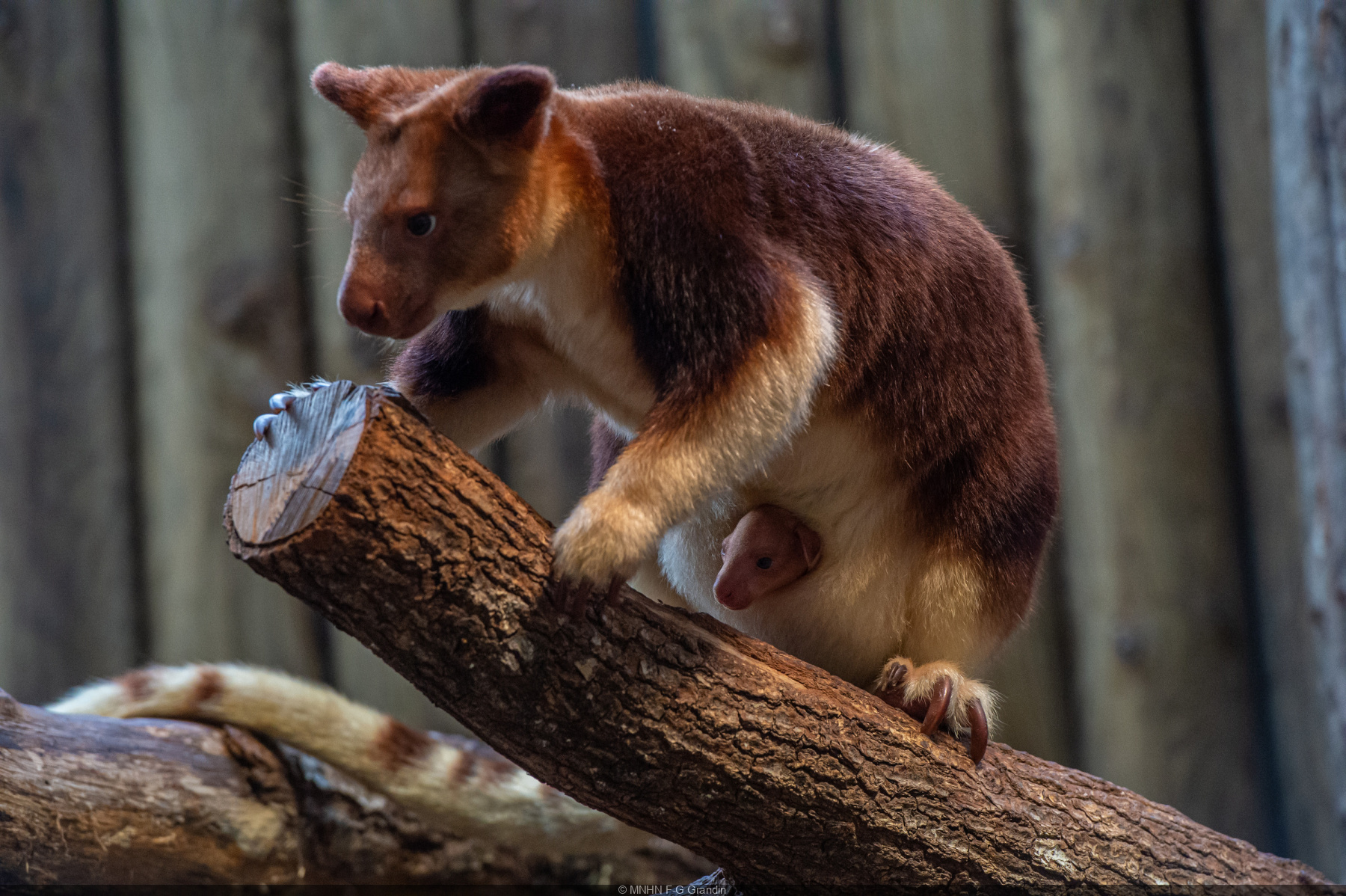
Exploration in the Mupi Mountains
These days we will be exploring the different parts of the mountain above and below are camp. The trails are steep and slippery but we take it slow as we look for animals everywhere. Tree Kangaroos are the main specialty and this is the only place in the world where two species can see together with high likelihood. Along with the Ursine and Grizzled Tree Kangaroos, we will be looking for Northern Common, Ground and Stein’s Cuscuses, Vogelkop, Reclusive and D’Alberti’s Ringtail Possums, Feather-tailed Possum, Striped Possum, Long-fingered Triok, Papuan Glider and more! It is a fascinating area and completely destroys the myth that mammals in New Guinea can be hard to see. We frequently record over 20 species up here many of which seem unphased to see people. We usually have plenty of time to go birding around the camp for those who are interested and the bird feeder is busy with Black Sicklebills, Western Parotia, Lesser Bird-of-Paradise
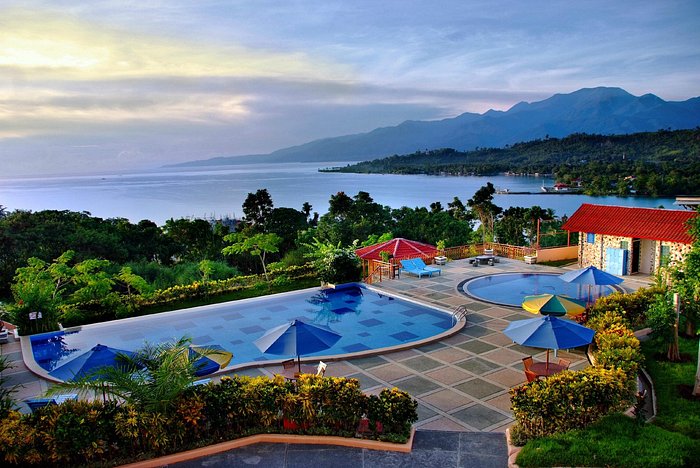
Descent and rest in Manokwari
Today we descend to Manokwari, for a very well-deserved rest by the pool of the hotel, a hot shower and a great dinner. Night in Manokwari
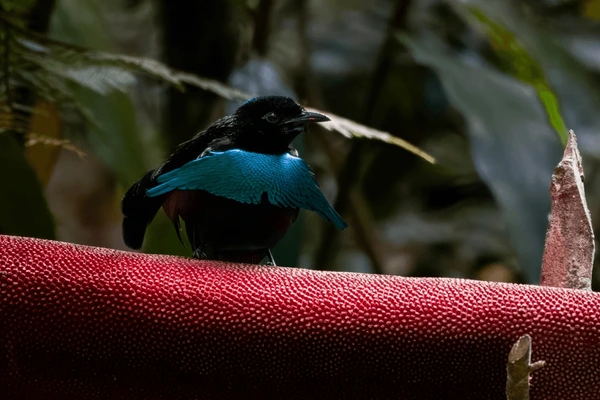
Heading to Klalik
A very short flight will take us to Sorong, on the other side of the Bird’s Head Peninsula. From there, a two hours’ drive will take us to Klalik, our base for the next few days. The ecotourism program that we started in 2023 in Klalik is delivering the goods and the village has been transformed. Wildlife watching aside it will be fascinating to see how trips like ours can bring so much benefit to a community like Klalik. Night in Klalik (accommodation is simple but you will be glad to hear is vastly improved on that described in Jon Hall’s report from 2023).
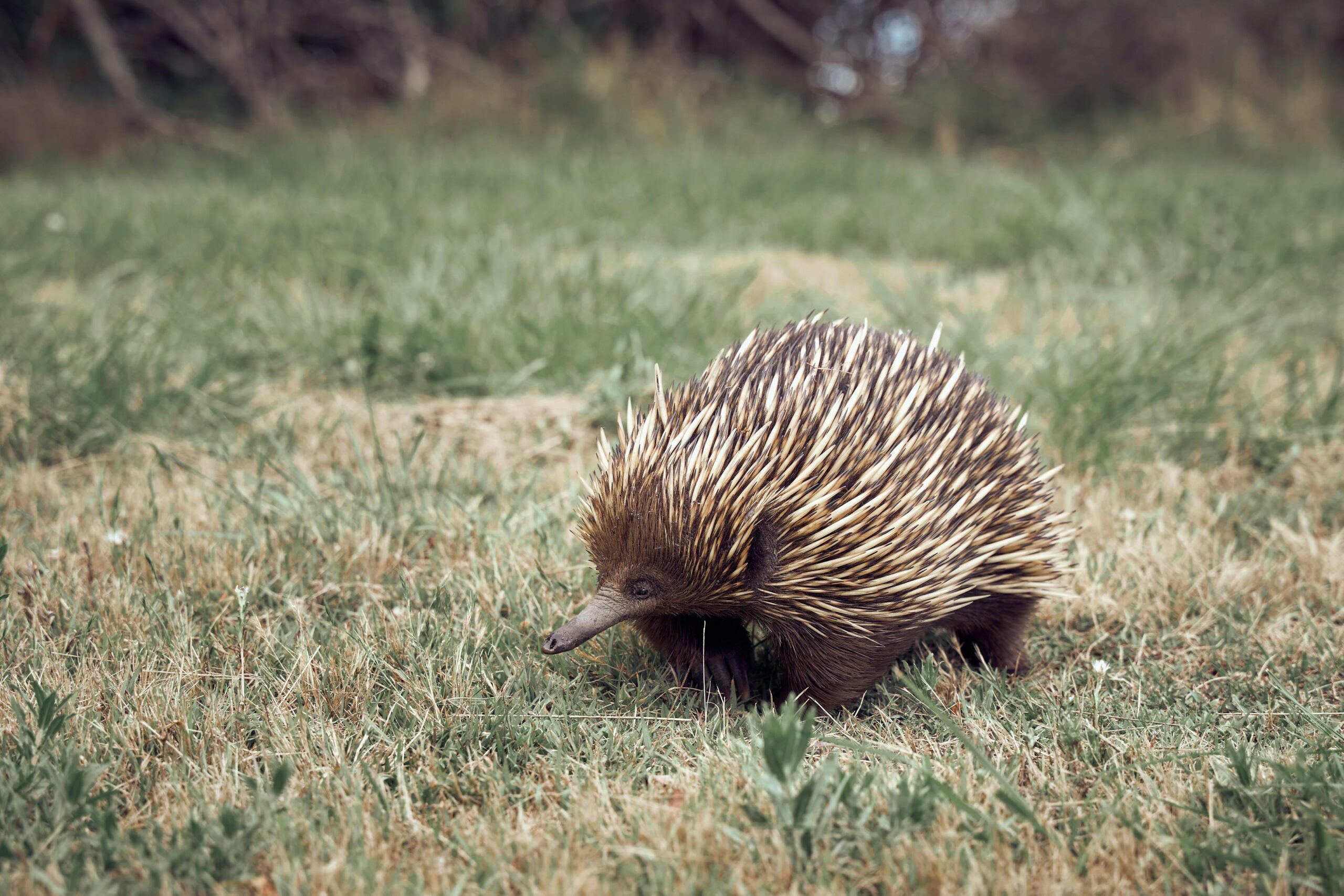
Exploration in Klalik
During our five nights, and with the help of the enthusiastic villagers, we will give a very good try to the Western Long-beaked Echidna and the rest of incredible mammals that live in the rugged limestone hills of Klalik. Major targets here are the recently rediscovered (by us) Arfak Triok, Black-spotted and Common Spotted Cuscuses, Lowland Ringtail and Brown Dorcopsis.
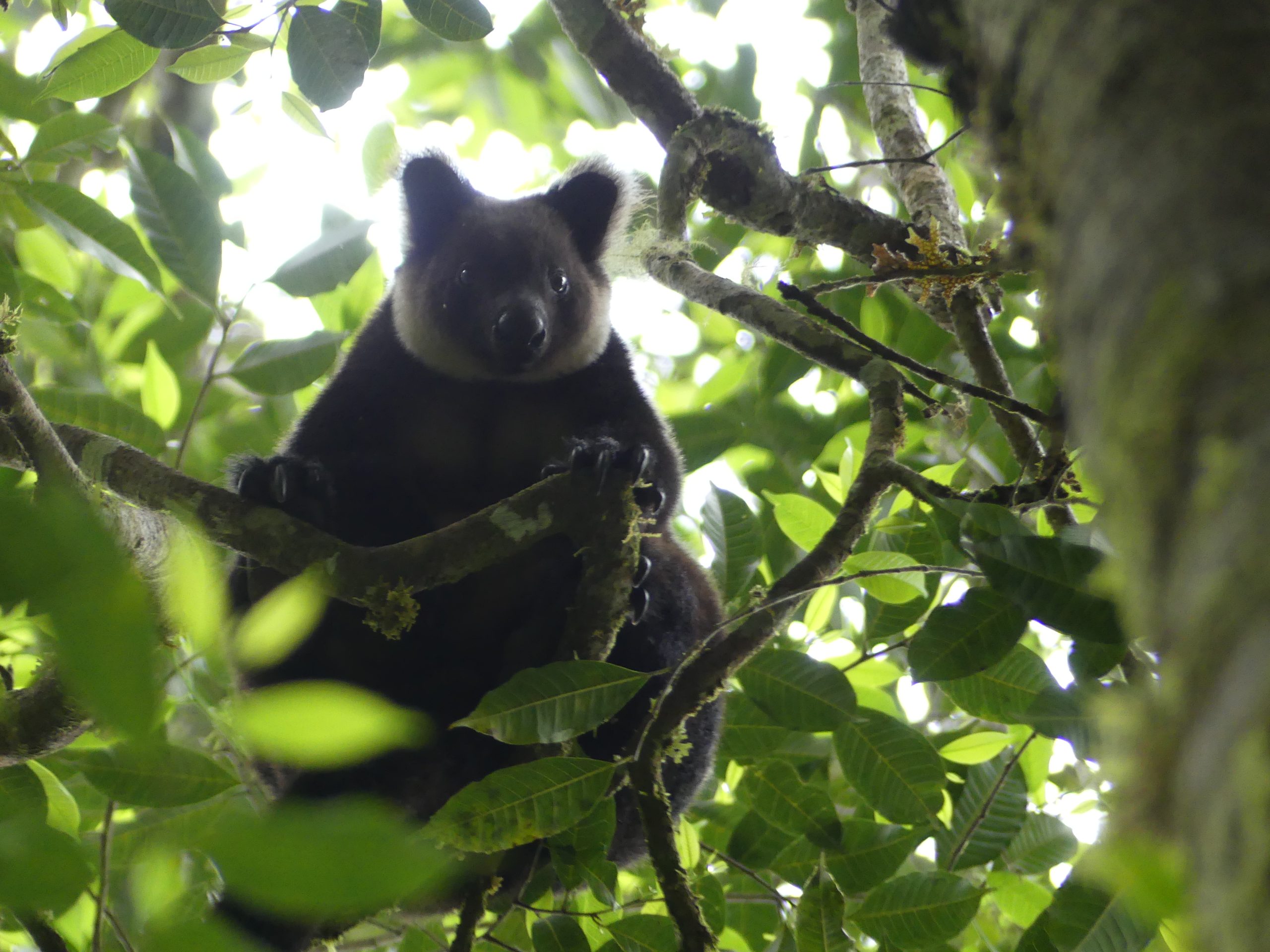
In search of the echidna
We will play these two nights by ear depending on how much luck we have had with finding the echidna. On some tours we have found it on our first evening. On other tours it has taken several days. So depending on our success, we will stay in Klalik or move to other villages where we have had good mammalwatching in the past.
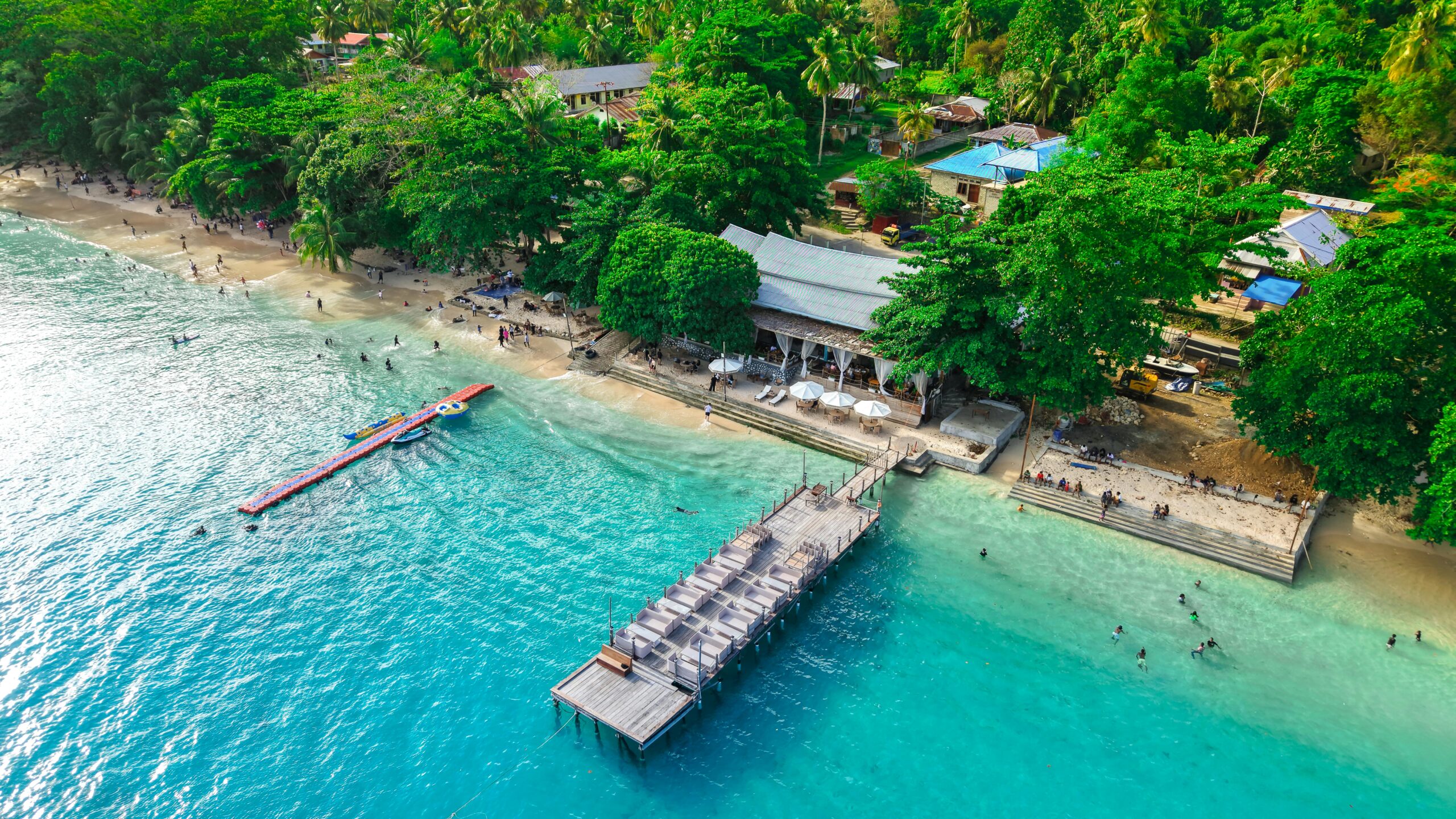
Welcome to Waigeo
This day we cross to Waigeo, in the Raja Ampat archipelago, where the tour will finish in style. After the very simple accommodation in Mupu and Klalik you will feel like you have arrived at the Four Seasons! We spend the niight in a lovely diving resort right on the beachwith excellent food, hot showers and cold beer. At night, the main target will be the endemic – and stunning - Waigeo Spotted Cuscus: sometimes you can see one from the hotel bar!
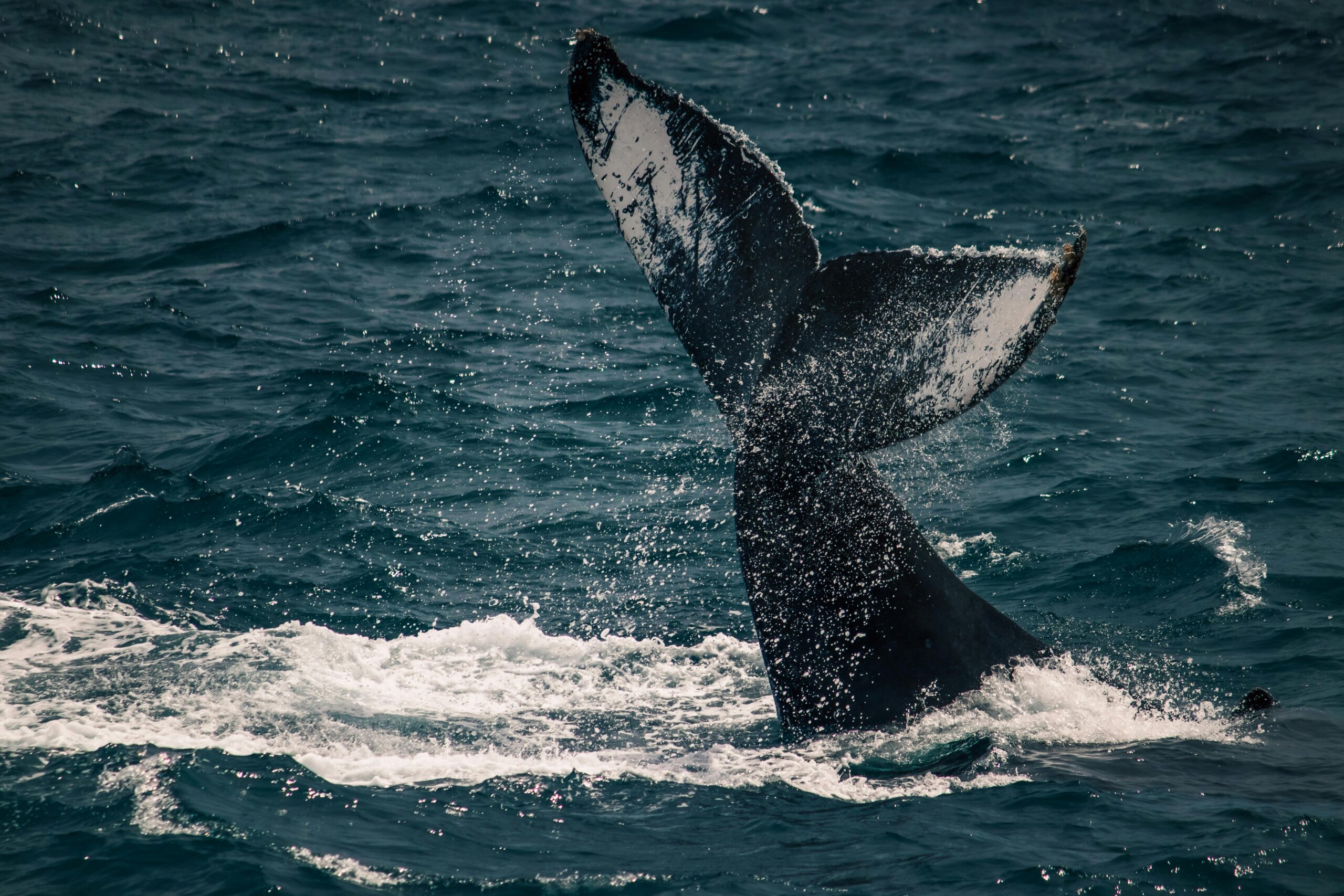
Bat and cetacean caves in Raja Ampat
This day will be packed with activities and we will visit a few bat caves and take a boat trip to look for cetaceans which can be plentiful in the area and include uncommon species like Melon-headed Whale, Pygmy Sperm Whale and more.
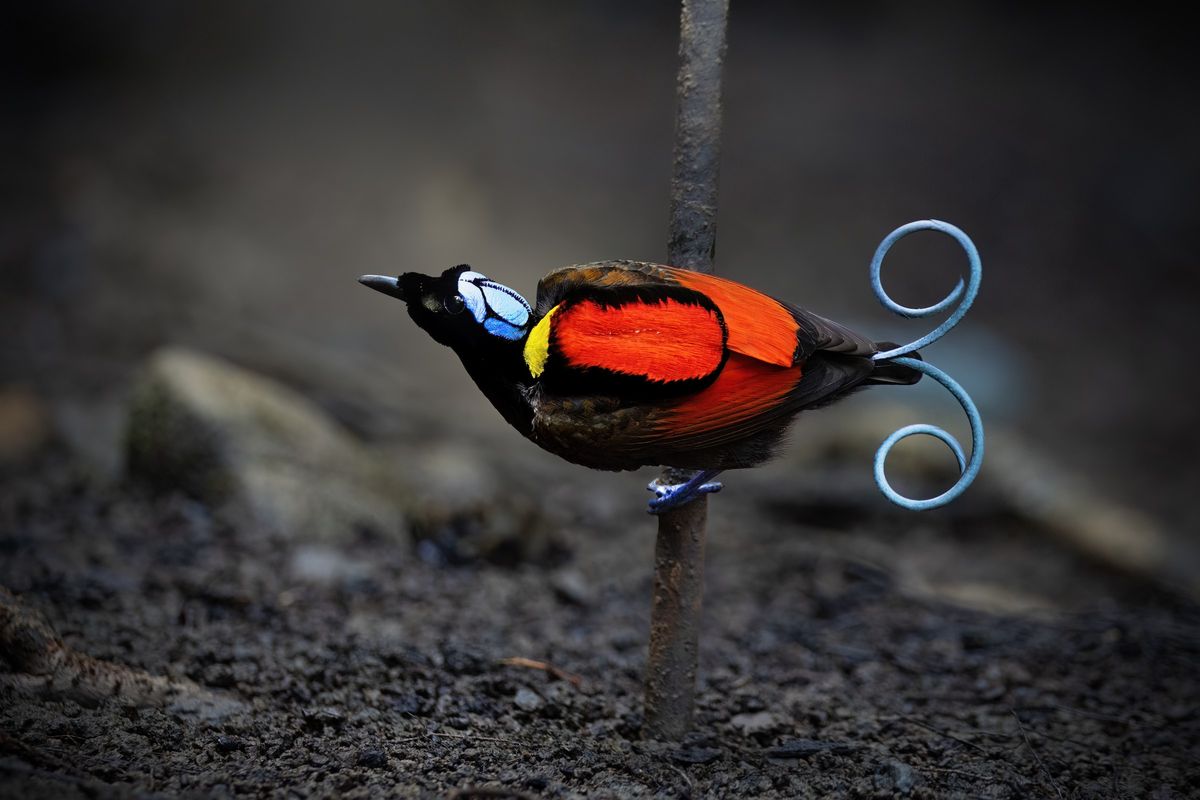
Wilson's Bird of Paradise and Journey's End
We have a very last early morning start here to give ustime to see the very much wanted Wilson’s Bird-of-Paradise, often rated as the best bird of the world, before taking the ferry back to Sorong, where the tour ends.
Information about the tour
If you expect a soft bed ,gourmet food and a hot shower every night then this is not the tour for you! This tour is an adventure and we are far away from the usual birdwatching destinations! . We work directly with the community; they are still learning about hospitality and western comfort. But while you will have stayed in more comfortable lodges you will not have met a friendlier and more enthusiastic group of local people but make no mistake, we are in a destination very few have ever visited and we will be walking at night for hourson slippery trails.
Accommodation
Excellent hotels for Manokwari, Waigeo, and Sorong. Basic guesthouse in the Arfaks (shared facilities), and probably one night in permanent tented camp in the upper Arfaks. A basic guesthouse at Malagufuk (shared facilities) and Klalik. Have to bring as much camping gear as possible to make ourselves comfortable, like sleeping bag, pillow etc but we can buy camping gear in Manokwari and Sorong.
👉 Ear plugs and mask sometimes help with daytime sleeping.
Walking difficulty
Walks and trails are often steep and nearly always sippery. You can expect long walks every single day of the trip. The Arfaks are very steep and/or muddy. As such, good balance is essential for a number of bridge crosses. The walks around Klalik- Malagufuk will be easier and relaxed. That said, we always walk very slowly at night as we search everywhere for animals with flashlights and thermal scopes.
Expected number of species
50-60 species of mammals!, pretty much all endemic of New Guinea or even West Papua. This is one of the world’s finest mammalwatching tours!
Tour cost includes
All accommodation, meals, drinking water, internal flights (as stated in itinerary), overland transport, tips to local drivers and guides, travel permits, entrance fees, and guide fees.
Tour cost excludes
Flights before and after the tour starts/ends, visa, travel insurance, tips to tour leaders, laundry, drinks and other items of a personal nature.
Pricing
Choose Your Plan
Basic Plan
- Pre-trip consultation.
- Reduced group (max. 10 people)
- Standard expedition participation
- Trip secure included
- Digital informational material
- Access to tour field reports
250
Standard Plan
- All basic plan included
- Exclusive group (max. 6 people)
- Expert guide accompaniment throughout the entire tour.
- On-site photo session (includes edited selections)
- Custom field notebook
- Wlcome gift
320
Deluxe Plan
- All standard plan included
- Custom route (subject to availability)
- Exclusive access to special expeditions (only 2–4 people)
- Previous interview to design the experience
- Detailed post-tour environmental report.
- Donation to a local NGO included in your name.
440

“I loved how they blend adventure and learning: each morning we went on easy treks, and in the afternoon we did a hands-on workshop on tracks and sounds. Highly recommended.”
Aisha Patel India“The logistics were impeccable and the group was very small, which allowed for respectful approaches. I would have liked a bit more variety in ecosystems, but the team was exceptional.”
Carlos Fernández MexicoIncluded in the price: 4×4 transportation, an expert guide (biologist or naturalist), basic field equipment (binoculars, field guides), access permits, and travel insurance. International flights and personal expenses are not included.
Our standard tours last from 3 to 7 days, depending on the itinerary. We also tailor safaris of 1 to 14 days according to your interests and availability.
To ensure a personalized, low-impact experience, we limit each group to a maximum of 8 participants.
We recommend trekking boots, layered clothing (sun protection and windbreaker), water, sunscreen, a hat, sunglasses, and a camera. After booking, we’ll send you a detailed checklist.
FREQUENTLY ASKED QUESTIONS
Get your questions answered, or contact us by clicking the button.

The journey through the savanna was amazing. The guide identified the giraffes and passionately explained their habitat. I only wish we’d had more time for photography.”
James Miller United Kingdom